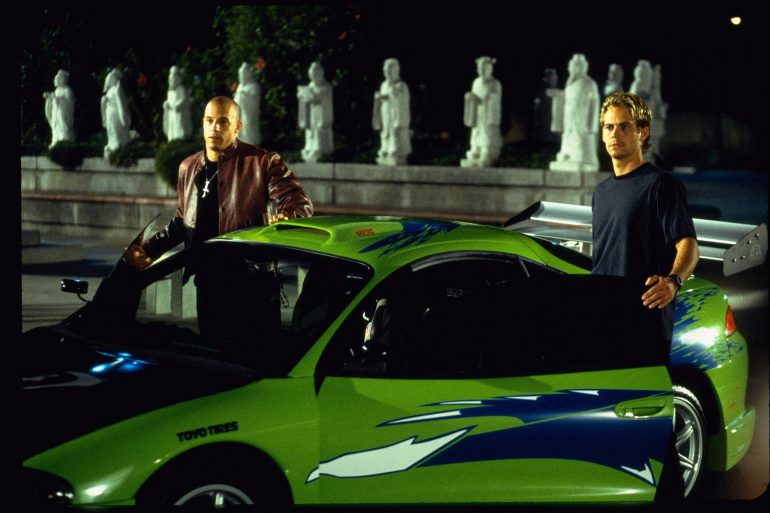When you’re in a car accident, one of the first and most important questions that comes up is: Who was at fault? That single question can determine everything – from whose insurance pays for damages to whether you have a viable personal injury claim. But figuring out fault isn’t always as straightforward as it seems.
Sometimes it’s obvious, like when a driver runs a red light or rear-ends someone at a stop. Other times, though, fault is murky. Two people may tell completely different stories, or evidence might be lacking. And if you’re the one who got hurt, understanding how fault is determined can make a huge difference in protecting your rights and getting the compensation you deserve.
Here’s what you need to know about how fault is determined in a car accident – and what steps you should take to make sure the truth gets documented clearly and fairly.
The Role of Negligence
At the heart of every car accident claim is the concept of negligence. As Parham Smith & Archenhold LLC explains, “Personal injury claims hinge on negligence. For example, when we drive, we owe a duty of care to everyone with whom we share the road, and this means we accept responsibility for their safety. Any form of driver negligence, such as distraction or excess speed that leads to an injury-causing traffic crash can support a car accident claim.”
In simple terms, negligence means someone didn’t act the way a reasonably careful person would have under the same circumstances – and that failure caused harm. So if a driver was texting, speeding, tailgating, or ignoring traffic rules, and that behavior led to your injury, they may be considered at fault.
Police Reports and Initial Assessments
Right after an accident, the police usually arrive to document the scene. If you’re physically able, you’ll want to make sure you talk to the responding officer and provide your side of the story. Be factual, stay calm, and avoid placing blame or admitting guilt in the moment – just stick to what you observed and experienced.
The police officer’s report can carry weight when determining fault. It often includes:
- A narrative of the accident based on witness statements
- Observations of the road and vehicle conditions
- Diagrams of how the crash occurred
- Citations issued for traffic violations
If one driver is clearly breaking the law – like running a stop sign or driving under the influence – that’s usually reflected in the report and may heavily influence fault assignment.
Eyewitnesses and Physical Evidence
Neutral third-party witnesses can help solidify your version of events, especially if you and the other driver are telling very different stories. If anyone saw what happened, ask for their name and contact information. Their testimony could be a powerful asset if fault is disputed.
In addition to witness accounts, physical evidence tells its own story. Skid marks, vehicle damage, surveillance footage, and even the position of the cars after the crash can all help reconstruct what happened. Sometimes, accident reconstruction specialists are brought in to analyze this evidence and provide expert opinions on how the collision occurred and who was likely at fault.
If you can, take photos at the scene – of the vehicles, the road, any traffic signs, and your injuries. These images can be crucial for proving what really happened, especially if things get contested later on.
Insurance Companies’ Role
Once a claim is filed, insurance companies jump into the investigation. They’ll review the police report, photos, and statements, and may even interview the drivers and witnesses. But remember – insurance adjusters are protecting their own bottom line. They’re not on your side, even if they act friendly or helpful.
Sometimes, insurers assign partial fault to both drivers, which can affect how much compensation you receive. This is known as comparative negligence or contributory negligence, depending on the laws in your state. In some states, if you’re found even slightly at fault, you may not be able to recover anything. In others, your compensation may simply be reduced by your percentage of fault.
That’s why it’s crucial to have someone in your corner who understands the law, can challenge unfair fault assignments, and will advocate for your full recovery.
What If Fault Is Disputed?
Fault is often disputed in car accident cases – especially when serious injuries or large insurance payouts are on the line. If the other driver denies responsibility or the insurance company refuses to cover your damages, you’ll need solid evidence and legal support.
This is where hiring a personal injury attorney becomes essential. A good lawyer can:
- Investigate the crash thoroughly
- Preserve and present key evidence
- Consult experts when needed
- Negotiate with the insurance company
- File a lawsuit if necessary
Most personal injury attorneys work on a contingency basis, meaning you don’t pay unless they win your case. This levels the playing field and ensures you have a fighting chance, even if the other party has a powerful insurer backing them.
Don’t Wait to Take Action
If you’ve been in an accident, don’t wait to start documenting your injuries, gathering records, and seeking legal advice. The more time passes, the harder it becomes to prove fault and recover damages.
Even if you’re unsure if you have a strong case, it’s worth speaking to a personal injury attorney. They can help you understand your options and take the next best step.






